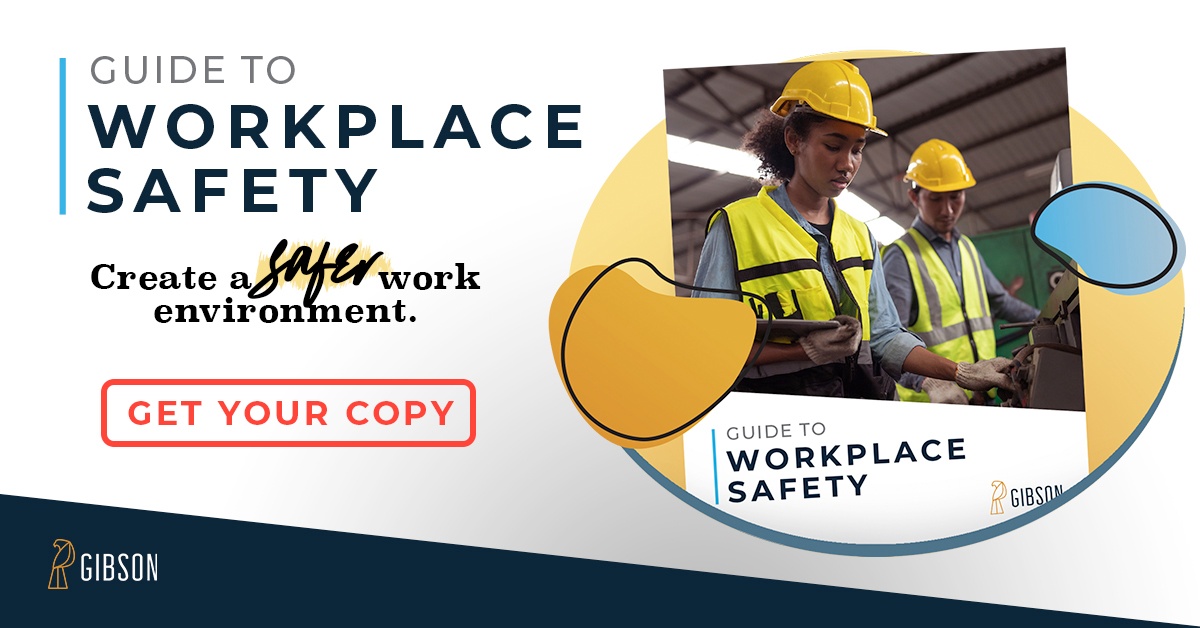There’s a simple rule in safety procedure that sticks in most people’s minds. Before you use any piece of equipment, you check it to make sure everything is working correctly. Then, when you’re done, you check it again. Once you’ve done that and you’re ready to move on to another risk management step, you check it again.
This may sound like overkill but it is necessary, especially when that equipment is designed to save your life. In construction risk management, you can never be too careful. The risks are too great to leave anything to chance.
Falltech & Construction Risk Management
Earlier this month, an interesting letter appeared in the Gibson office that highlighted this point. One of our clients passed us a copy of an inspection advisory sent out by fall safety equipment manufacturer Falltech. The letter was not a product recall. Falltech had identified a faulty product in their production line and advised users to check their equipment. Just in case.
According to Falltech, none of the defective product ever left the factory, they just wanted to be sure. The products involved were safety hooks for harnesses, so care was required and the letter details simple inspection procedure for the potentially affected hooks. The letter illustrated vital construction risk management techniques and highlighted the importance of diligence on behalf of construction workers.
The very fact that this letter was issued implies that there was a potential risk. If a faulty harness had gone uninspected it could have caused a huge disaster. With that in mind, there are a few quick rules that should be included in every construction risk management strategy.
Check, Check, and Check Again
No matter how many times you’ve used a piece of equipment, no matter how skilled you are at your job, check your equipment and make sure every worker on your staff does the same.
Share Safety Procedure
That inspection procedure should form a part of a wider safety procedure that is shared with all staff through consistent training. Everyone who will use heavy machinery or safety gear should know it inside and out.
Don’t Dismiss ‘Minor’ Risks
You can’t afford to assume everything is okay. This inspection notice from Falltech was at pains to point out that not every product was affected and that faults were unlikely. That doesn’t mean you can throw it in the trash and assume you’re unaffected. Even the most minor risks can cause real damage.
You implement a construction risk management strategy to keep your people safe. The key to that is diligence. Now before you move on, check it again.
If you need help with your construction risk management strategy, Gibson can help. Contact us here.



